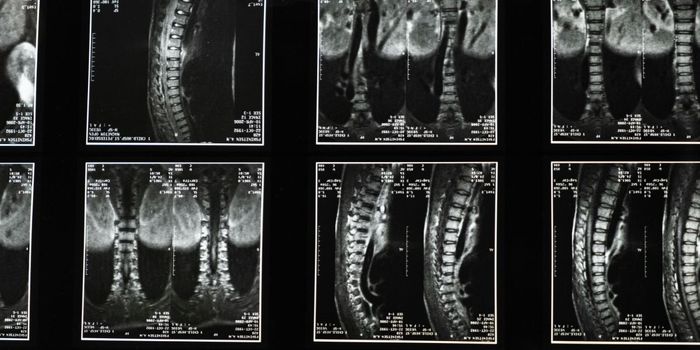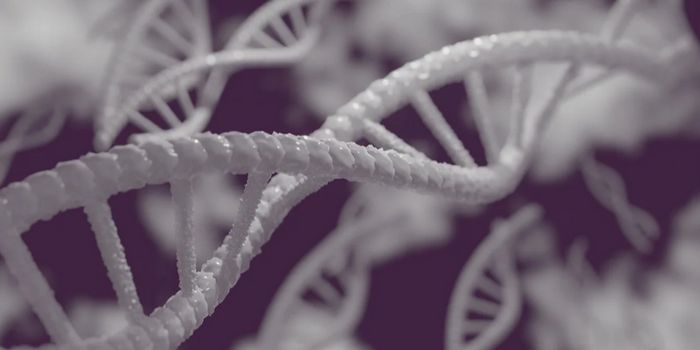Are Washing Machines a Reservoir for Multidrug Resistant Pathogens?
Multidrug-resistant bacteria are frequently found in hospitals and long-term nursing facilities, causing one of the largest public health concerns worldwide. Extended-spectrum beta-lactamase-producing (ESBL) Enterobacteriaceae (Gram-negative rods) are resistant to a wide number of penicillins and cephalosporins and cause approximately 26,000 deaths per year. Common pathogens found in hospital-acquired infections (HAIs) related to contaminated water include Pseudomonas sp., Enterobacter sp., Serratia sp., Stenotrophomonas sp., and Klebsiella sp. Reservoirs for these pathogens include surfaces of sinks, faucets, showers, toilets, and bathtubs; however, washing machines and clothing are not routinely assessed for the presence of these microorganisms.
A pediatric hospital in Germany found increased rates of colonization with an ESBL-producing strain of Klebsiella oxytoca in a neonatal ICU between the dates of April 2012 and May 2013. Newborns and infants, especially those in intensive care units, are vulnerable to these pathogens, which represent a significant and potentially life-threatening risk. When the outbreak began, the hospital began screening all newborns, children, and mothers (anal, vaginal, and wound swabs were collected) in these units as well as sampling environmental surfaces in the affected areas. In addition to the surface cultures, the disinfectant wipes, knitted hats, and socks of the newborns and water from the washing machines were sampled. All samples were cultured to detect the growth of any Enterobacteriaceae present. They also tested the disinfectants and detergent used in the machines to determine if the isolates of K. oxytoca had developed a tolerance to them.
The cultures grew K. oxytoca from two sinks, as well as the detergent drawer and rubber door seal of the commercial washing machine in the NICU. All isolates that grew were identified through pulse-field gel electrophoresis and multi-locus sequence typing. The results from the environmental samples were compared to those from the mothers and children and were found to be identical. Once the washing machine was taken out of service, no more HAIs were reported for the four years after the study.
This study has important implications for infection control departments in hospitals, especially since the cross-contamination with multidrug-resistant organisms in hospital laundry has been shown to cause HAIs. Potentially, changes in washing machine design and processing will "prevent the accumulation of residual water where microbial growth can occur and contaminate clothes." Future research is needed to determine the type of washing machine design that is less likely to harbor pathogenic organisms.








